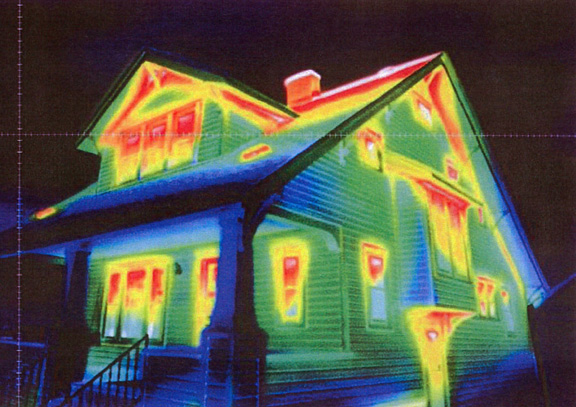
<sarc> There is an obvious conspiracy from the HVAC and home repair industry, who for years have been telling us to add more insulation to our homes to keep them warmer in winter.
But we all know, from basic thermodynamics, that since insulation conducts heat from the warm interior to the cold outside, it actually COOLS the house.
So, how in the world are we expected to believe that adding MORE insulation, which we know acts to cool the house by conduction, is somehow going to WARM the inside of the house?
After all, how can cooler insulation further heat the inside of the house? Does heat flow from cold insulation to warmer temperatures? No!
I think Iíll start a new organization to reveal this scam. Maybe Iíll call it Principia Domus International. </sarc>
FOR THOSE NOT IN ON THE JOKE: The sky dragon slayers (people who think the greenhouse effect does not exist) claim greenhouse gases cannot make the Earth’s surface warmer because those gases, distributed up through the atmosphere, are at a colder temperature than the surface. I am demonstrating a thermodynamic point which is true, no matter whether infrared radiation (in the case of the atmosphere) or insulation (in the case of the house) are involved in the energy loss. The point is this: The temperature of anything that is heated is partly governed by the nature of its cooler surroundings, because those cooler surroundings affect the rate of heat loss by the warmer object. As long as there is an energy source (the Sun), the surface temperature of the Earth can be INCREASED by reducing the rate of net energy loss by the surface.

 Home/Blog
Home/Blog



